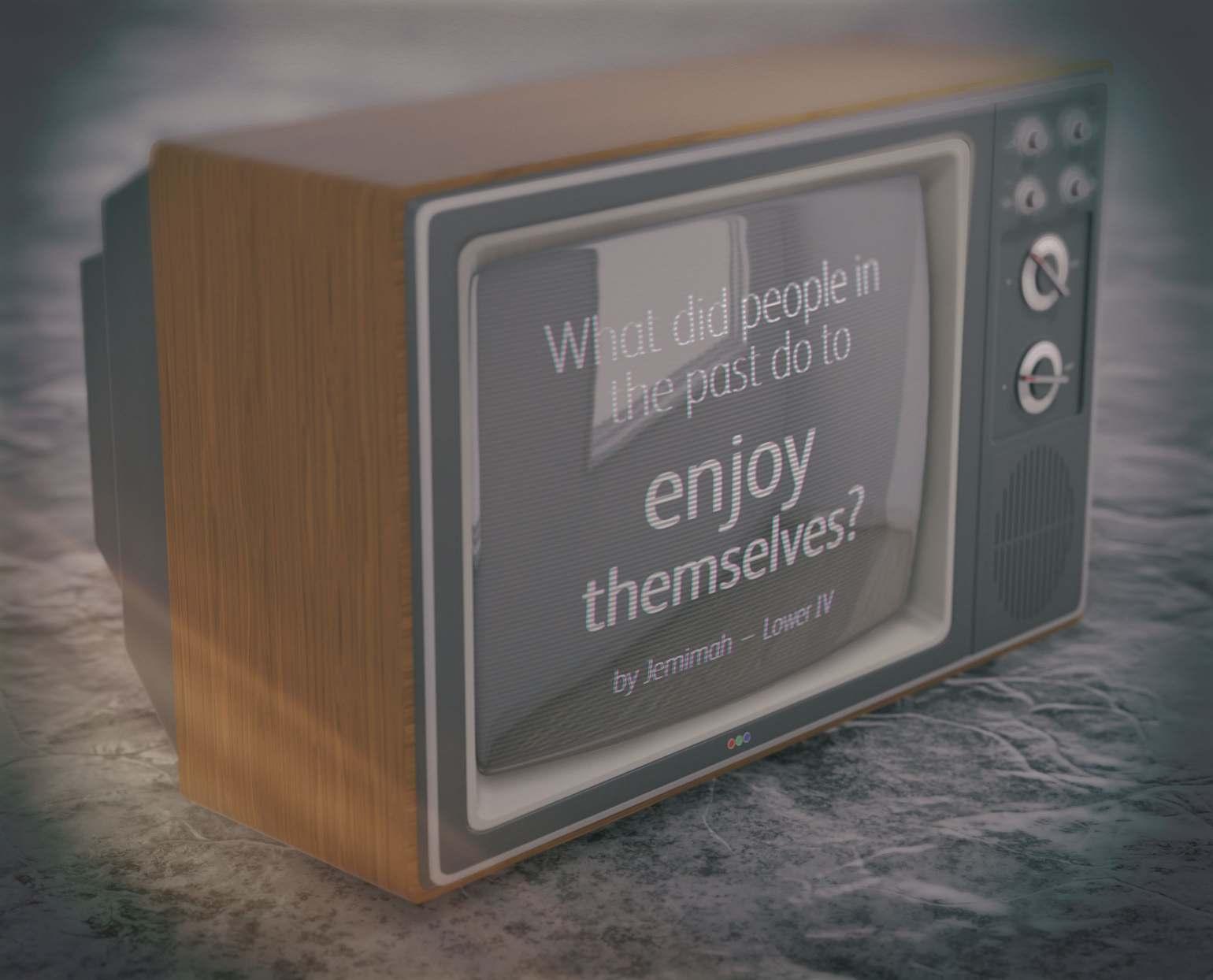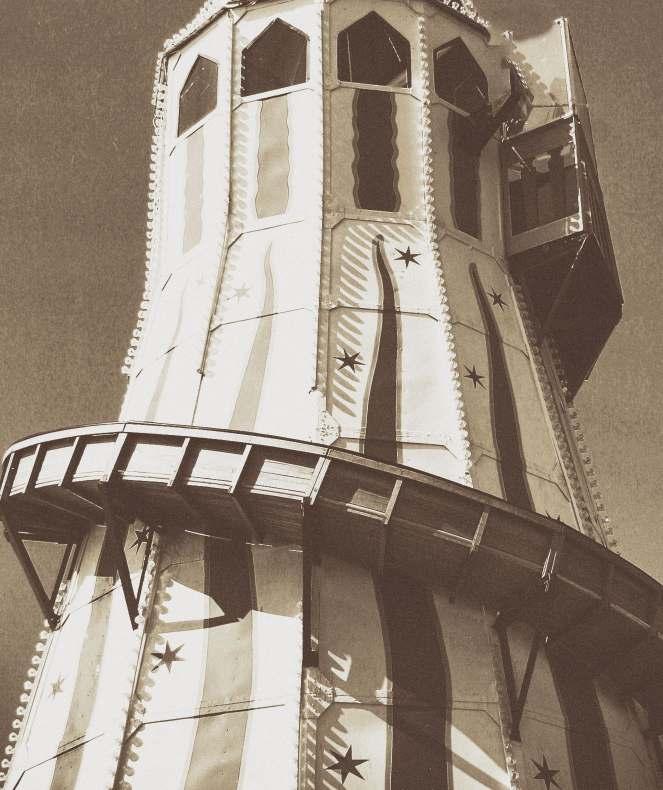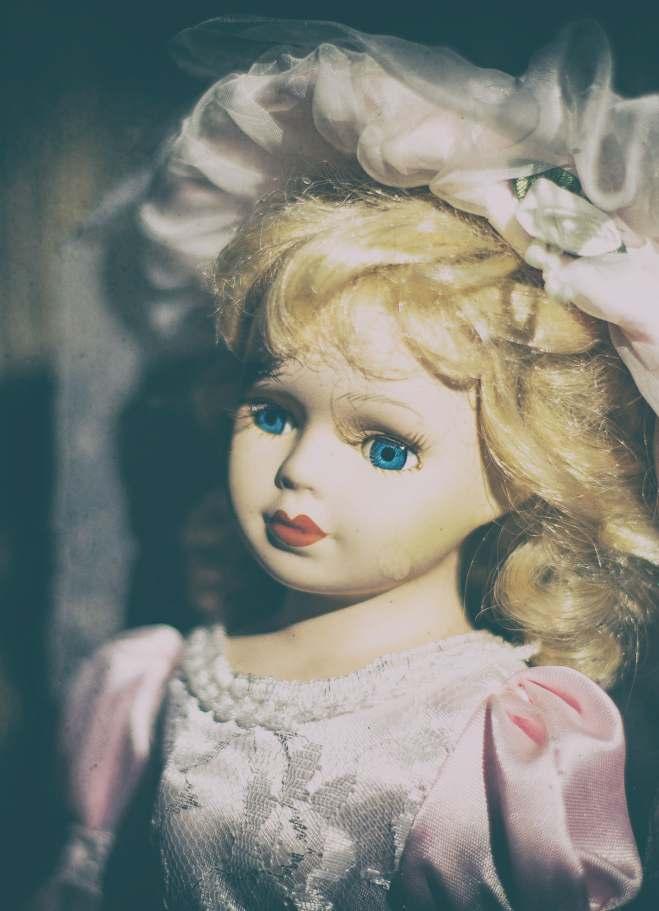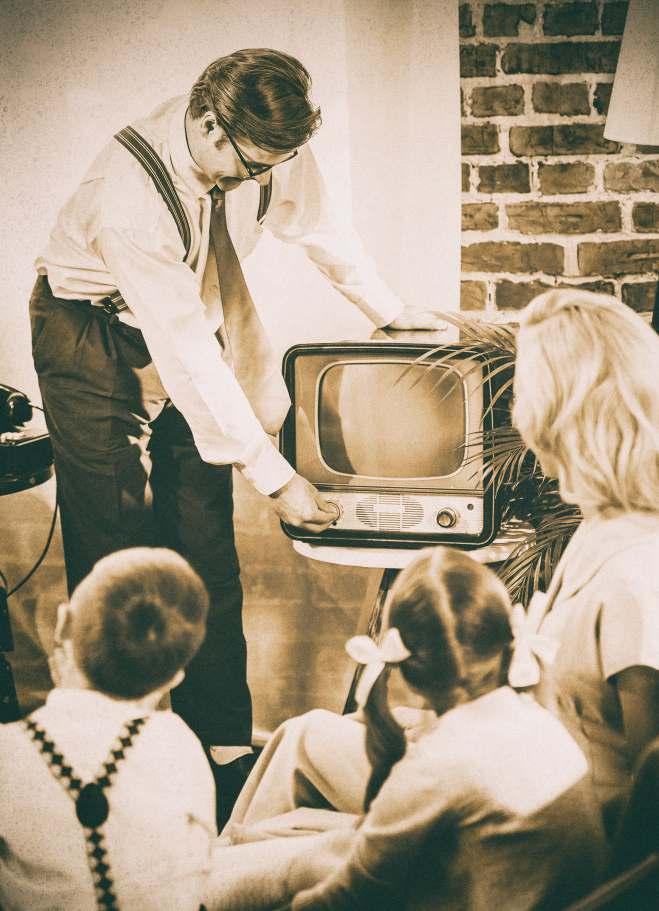





When we sit down to watch the most recent hit Netflix show, what would people in the past have done? When booking your holiday to Spain do you ever contemplate where you might be heading off to if this had been the Victorian era? Or when entering your nearest town store do you ever think about what it could have looked like 200 years ago?
As our world has evolved so have people's ideas and ways of enjoying themselves.
Going away or going out to the seaside or fair was a huge part of people's lives: using the railways. The first railway was built in 1804 and they quickly became an affordable form of transport for many people with many different classes of travel. They were used everyday but also for holiday and leisure.
The railways were used to connect people and places. Some places became holiday resorts for example Blackpool and Brighton. These trips could also be more accessible to
the working class for day trips away from their factory lives. The speed of transport by rail meant that they did not have to spend as much time trying to get there. In 1871 official holidays –Easter, the first Monday in August and Boxing Day – bank holidays meaning that banks and offices were closed; since then other establishments have also chosen to close.
In addition to the Banking Act in 1871 people with ill health were also encouraged to visit the seaside giving the opportunity to increase business. The population would visit the seaside to take in the healthy and fresh air. With this new demand for the coast, people began to increase the size of towns and add piers out into the sea.
When visiting the seaside people were given the option of many different popular amusement and activities: Punch and Judy, which originated from the 1660s; the eating of ice cream; and the eating of fish and chips, something still recognised as a main part of English culture. Despite all this the seaside did have some downfalls.

Not everyone at this time could swim so many just paddled. Other, more wealthy people rented wooden huts (called bathing machines), which could be pulled out into the sea by a horse. Wealthier people could also enjoy the luxury of being able to stay for a week in a hotel or guest house. The less wealthy didn't own a swimming costume either and consequently probably rented them.
One of main sources of transport today, cars haven't always been mainstream. The first car was invented in 1886. Gaspowered and with only three wheels, it was quite different to the car we see and use today. Since then cars became petrol or diesel and had a wheel added.
They were mostly used for leisure but originally doctors mainly used them for work. In 1904 there were around 23,000 cars in use across Britain and 100,000 by 1910. Nowadays there are 31.7m cars in Britain. In 1900 cars cost around $1,000 (around $28,000 now) but by 1924 it was $265 ($4,000). The dramatic change in price was mainly due to mass production and greater want.
Other forms of joy and amusement include toys. In fact the name ‘toy’
dates from the 16th century. Though at that time it could be used to refer to anything from a button to play things. But the idea of a toy has evolved over time from it being a play thing for adults to its more modern day meaning ‘an object for a child to play with’.
Some of the earliest known toys were clay shaped into marbles and balls and small round stones. Marbles were even found in the tomb of a child’s grave, located in Egypt from around 4000BC. People in the medieval times played with yo-yos made from wood and other types of cup and ball games.
By the 18th century the earliest form of dolls are known, they are formed of wood. Quite a lot of the toys we are so used to today had their original models created in the 18th century: kites, rocking horses and puzzles.
Following on in the 19th century as technology advanced and other methods of production became available, many items could be made a lot more easily and quickly. Printing on paper became more straightforward and meant that jigsaw puzzles could be created for more people at a better price. These puzzles were also used for



educational purposes as some versions had Kings and Queens (as well as other historical figures) printed on them. In the 1820s games such as dominoes and cards became popular.
Playing cards are thought to have been originally created in the 9th century when the Tang Dynasty made them via their woodblock printing method. They became commonplace around the 1820s, though the pictures for King, Queen and Jack were most probably added between 1840 – 1864. Now some of the most popular card games are Poker and Rummy. In the modern age of technology card games are easily accessible, therefore increasing their popularity.
But before this, cards were easy to carry wherever needed due to their pocket size nature and the fact it was unnecessary to bring anything else to play but the cards.
The games people played in the 19th century were predominantly made from ivory or bone as they were quite ornate pieces. During the 1840s, as the rail networks grew massively, toy trains were introduced. Some 30 years later education was evaluated and changed to include more physical objects, this

included the use of abacuses. By the 1890s the industrial revolution was at its height and the mass production of toys came with it, this meant that the designs of these toys were also affected.
As time went on toys became more elaborate and were affected by the changing environment and equipment being introduced. An example of this was the launch of toy cars in the early 1900s.
During World War I the toy industry quickly made a selection of toys relating to the conflict happening in the world. With the rise of cartoons following the first war, more toys that reflected characters could be found but the toy industry saw a huge shift in circumstances at the start of World War II. Factories were converted to make weapons and many workers were sent to fight the war. To replace factoryproduced toys, people made them at home and mostly out of paper.
As time moved on people started to have other things to do in their free time.
The first radio broadcast came in 1906 on Christmas Eve and by 1930 there were 5 million radio sets in the UK.
As time went on more people started to own radios and they were one of the only forms of news during World War II when many people still didn't have their own television sets.
The first successful demonstration of the television happened in September of 1927 but it wasn't until the coronation of Queen Elizabeth II many people had them. In 1953 100,000 television sets were purchased. On the day around 20 million people watched.
Between 1949 and 1969 the number of households in the US with a TV rose from 1 million to 44 million. Meanwhile the number of stations changed from just 69 to over 500.
Another important event on television was in 1969 when Neil
Armstrong walked on the moon and 53 million households tuned in with approximately 650 million viewers.
Forms of entertainment and enjoyment have evolved over time and come in many different forms, including holidays and travel as well as games and television. All play a part in what we do at home today in our free time.
Written by Jemimah – Lower
IV (Year 8)

